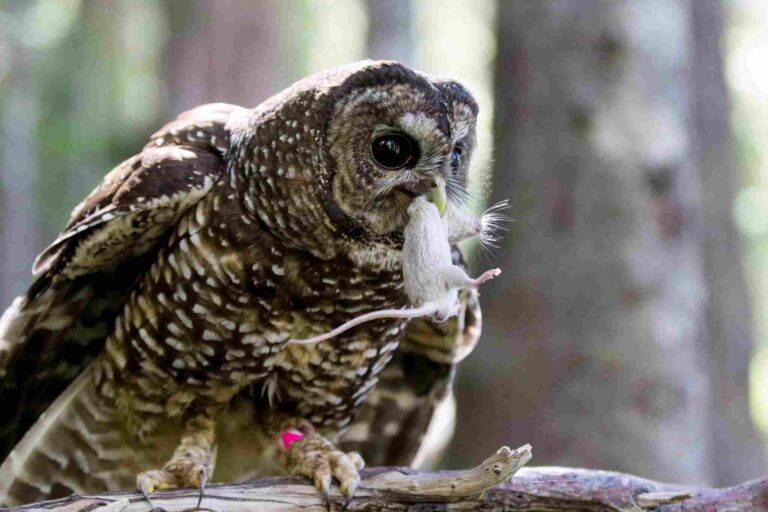Rabbit Vs Rat Poop, Overall Comparison
Comparing rabbits and rats illuminates intriguing differences in these small mammals. From their family classifications to behavioral traits and even distinguishing characteristics in their feces, these comparisons offer insights into the uniqueness of rabbits and rats in the animal kingdom.
I. Family and Characteristics:
– Rabbits belong to the family Leporidae, featuring long ears, hind legs, and a short, fluffy tail. In contrast, rats are medium-sized rodents belonging to the genus Rattus, distinguished by their general rodent characteristics.
– Both rabbits and rats are small mammals, yet they exhibit distinct physical features contributing to their varied roles in ecosystems.
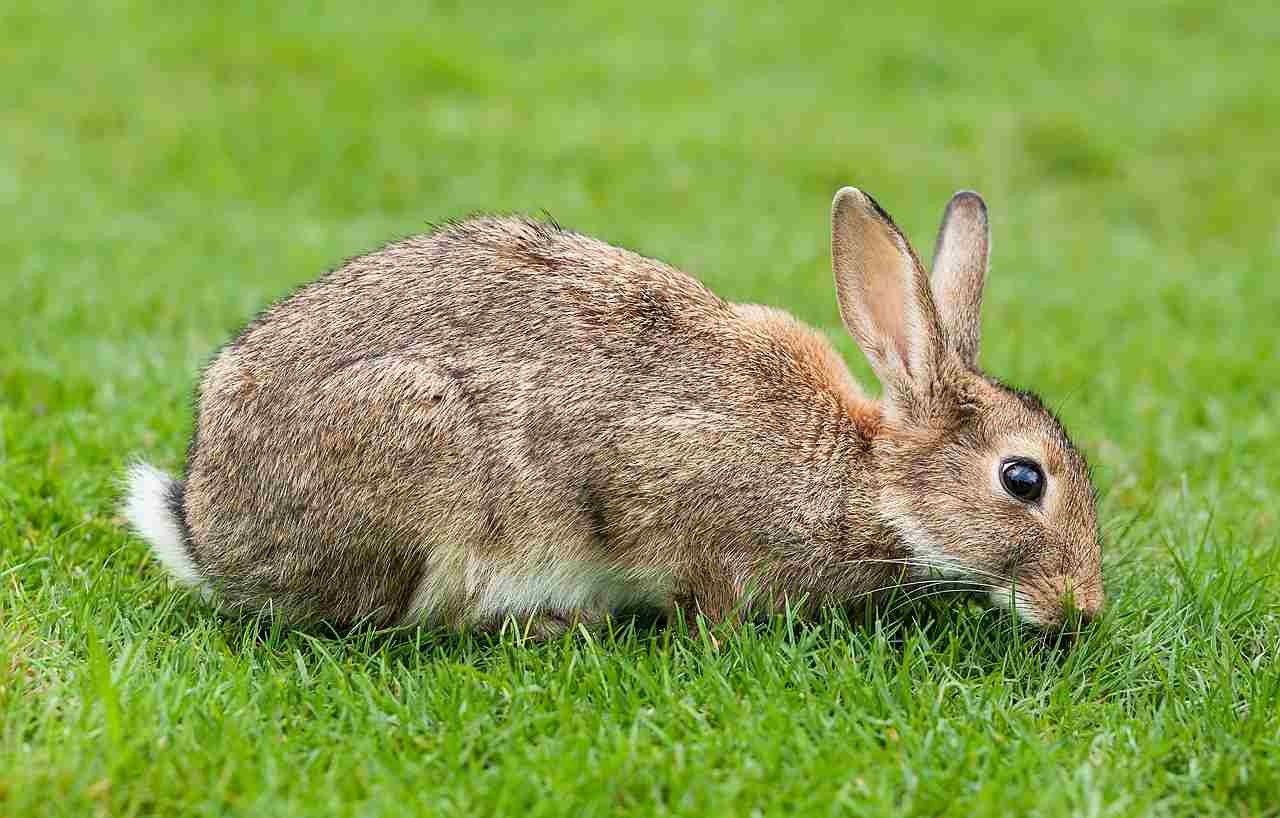
II. User Opinions:
– Online discussions explore questions about the suitability of rabbits and rats as pets. Opinions range from considerations of maintenance and socialness to affection levels, highlighting the diverse perspectives on these animals’ roles in households.
III. Behavioral Observations:
– Observations indicate that rabbits may defend themselves against rats. However, discussions underscore the importance of understanding each animal’s nature for harmonious coexistence.
IV. Literary References:
– Literature delves into the distinctions between rabbits and rats, offering readers a comprehensive understanding of their characteristics and potential as companions.
V. Visual Comparisons:
– Visual comparisons showcase images that aid in discerning between rabbits and rats, emphasizing the physical variations that contribute to their unique identities.
VI. Animal Physiology:
– Scientific studies compare physiological aspects, such as cone flicker electroretinograms, between rabbits and rats, shedding light on sensory differences in these mammals.
VII. Animal Models:
– Research in pharmacology and environmental science explores the use of rats and rabbits as models for various studies, emphasizing their unique physiological responses.
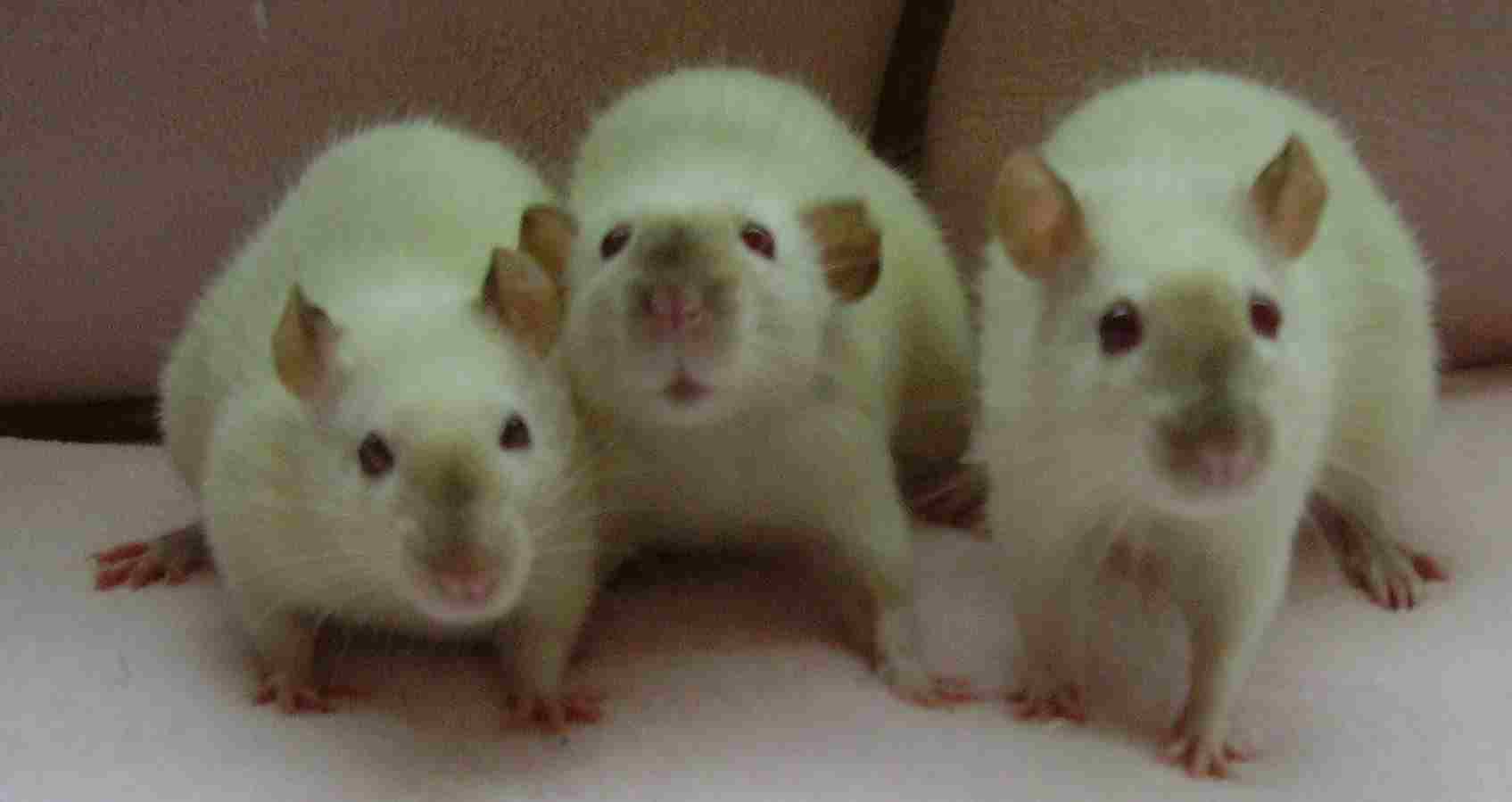
VIII. Fecal Differences:
– A notable distinction emerges in discussions about the differences in rabbit and rat feces. Understanding these distinctions can be crucial for those studying animal behaviors and health.
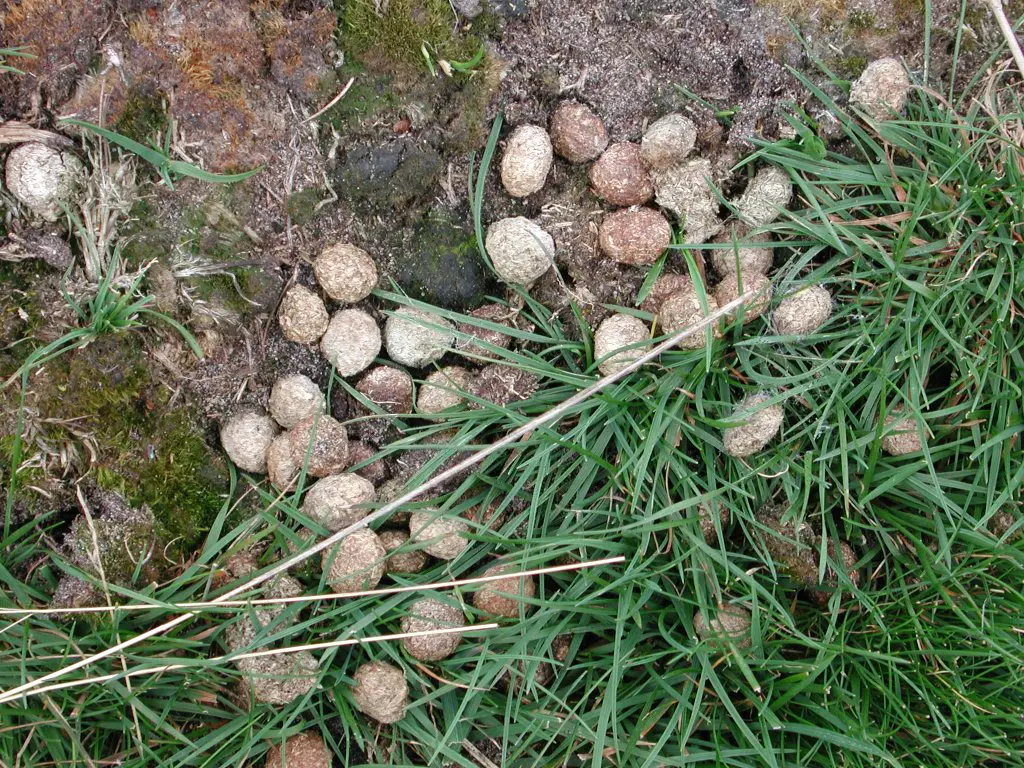

*Details of Comparison
| Criteria | Rabbit | Rat |
| Appearance | Long ears, strong hind limbs |
Slender body, long tail
|
| Size | Larger (8 to 20 inches) |
Smaller (6 to 10 inches)
|
| Weight | Heavier (2 to 20+ pounds) |
Lighter (0.5 to 2 pounds)
|
| Dentition & Bite Force | Herbivorous, adapted for vegetation |
Omnivorous, strong incisors
|
| Physical Offensive Adv. | Powerful hind legs |
Agile climbers, sharp incisors
|
| Physical Defensive Adv. | Relies on speed, evasive maneuvers |
Quick reflexes, burrowing
|
| Speed | Faster (up to 35 mph) |
Agile runners (8 to 10 mph)
|
| Agility | Rapid changes in direction |
Versatile in climbing, balancing
|
| Senses | Excellent vision, sensitive hearing |
Well-developed sense of smell, hearing, adapted vision
|
| Overall Physical Capacity | Specialized in sustained running |
Diverse abilities for various environments
|
| Habitat Preference | Open spaces, meadows, forests |
Urban areas, fields, forests
|
| Tracks | Hind footprints, distinctive hopping |
Combination of foot and tail marks
|
| Lifespan | Longer (5 to 12 years) |
Shorter (2 to 3 years)
|
| Mode of Feeding | Herbivores, coprophagy |
Omnivores, opportunistic feeders
|
| Intelligence | Social, problem-solving abilities |
Highly intelligent, adaptable
|
| Social Behavior | Social, form colonies or family groups |
Highly social, complex structures
|
| Reproduction | Prolific breeders, short gestation |
Rapid reproducers, short gestation
|
| Parental Behavior | Care and protection to kits |
Attentive care, cooperative behaviors
|
| Proximity to Humans | Urban parks, gardens, suburban areas |
Highly adaptable to urban environments
|
| Behavior Toward Humans | Generally shy and elusive |
Varied, may be wary or adapt
|
| Danger Posed to Humans | Minimal physical threat, some disease risk |
Disease carriers, potential property damage
|
| Associated Precautions | Caution in handling, zoonotic disease risk |
Hygiene practices, securing food storage
|
| Conservation Status | Conservation efforts based on specific threats |
Common species may not be conservation-focused
|
1. Taxonomy:
Rabbit:
Kingdom: Animalia
Phylum: Chordata
Class: Mammalia
Order: Lagomorpha
Family: Leporidae
Rat:
Kingdom: Animalia
Phylum: Chordata
Class: Mammalia
Order: Rodentia
Family: Muridae
2. Appearance:
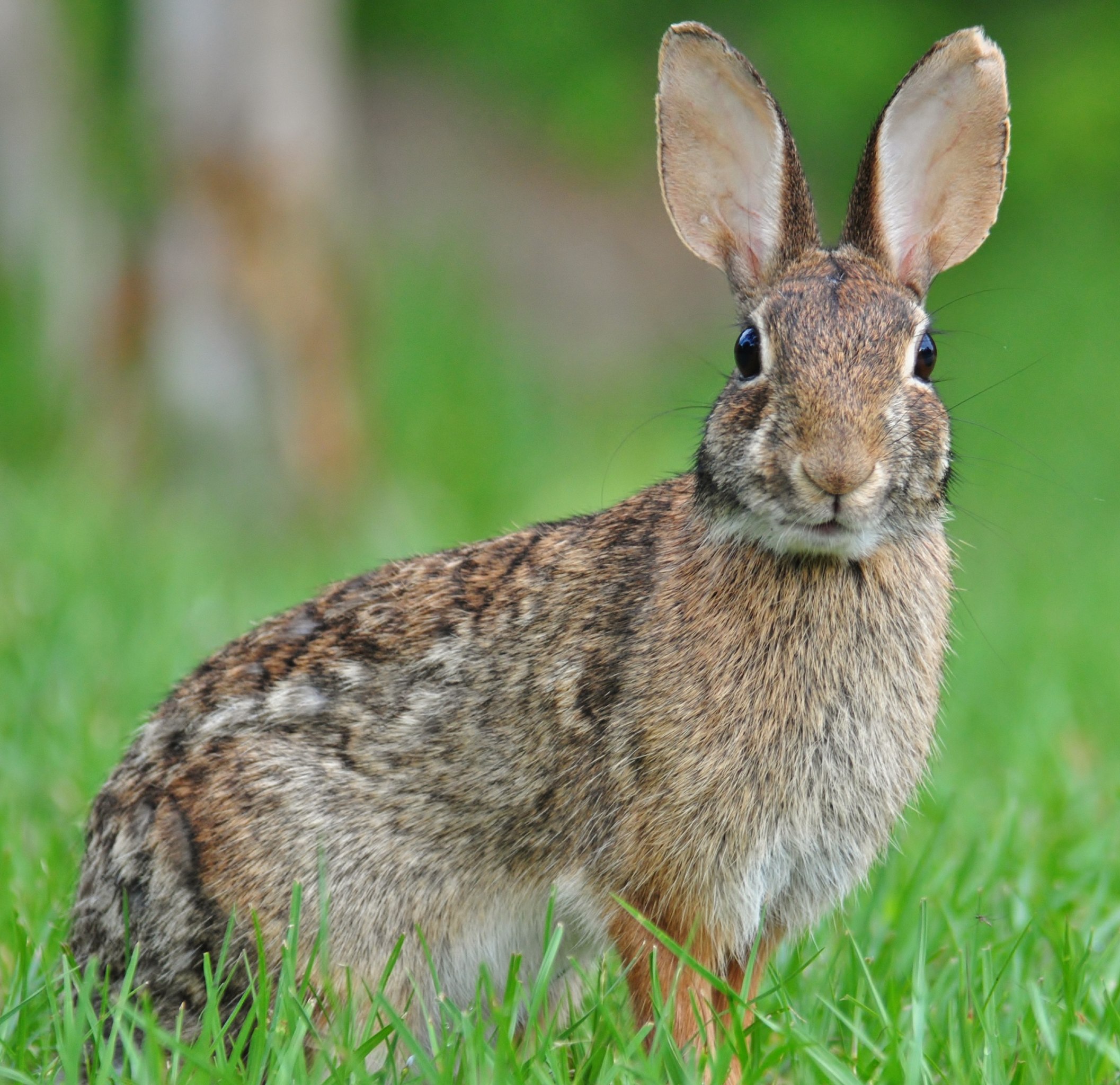
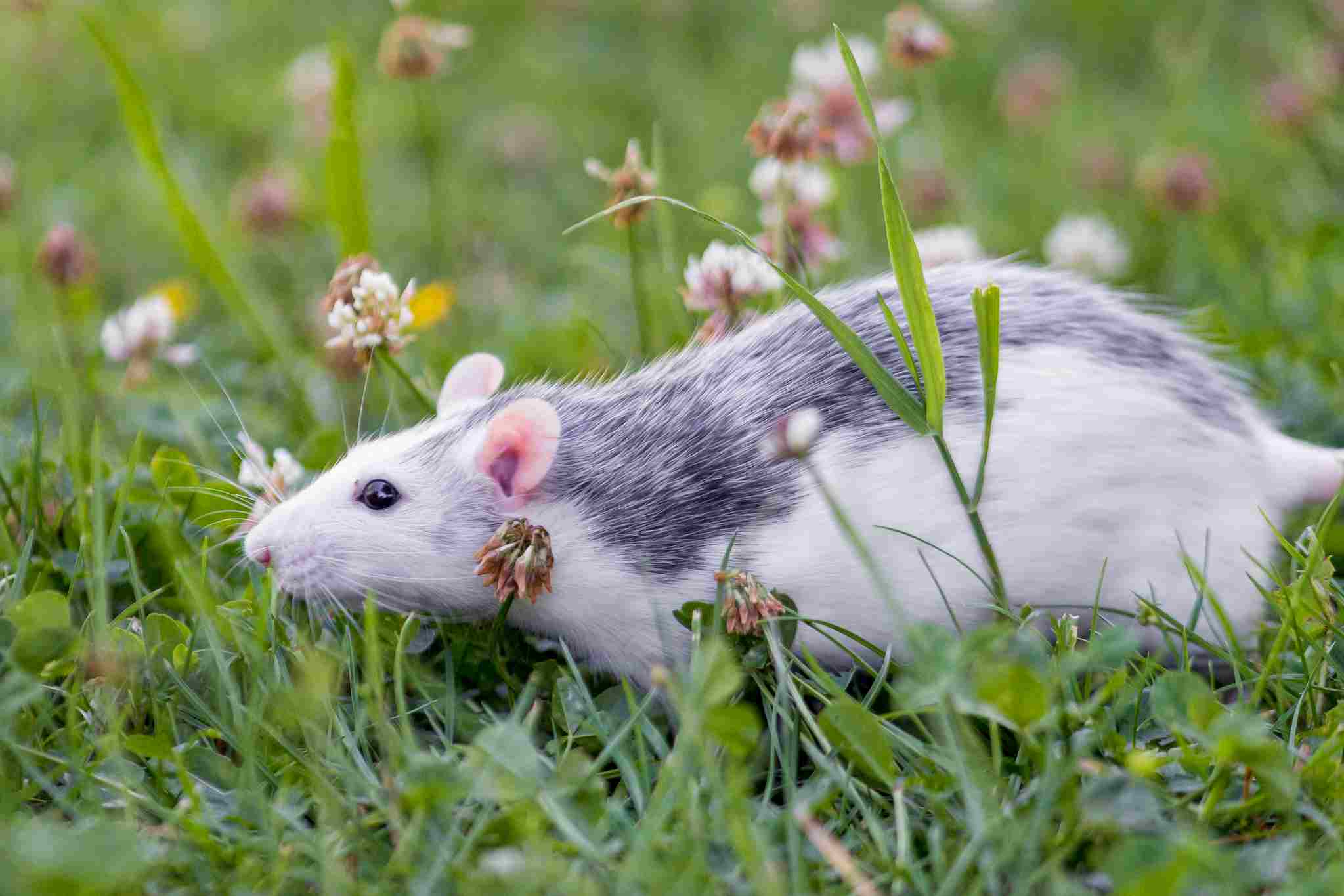
Rabbit:
Generally characterized by long ears, strong hind limbs, and a fluffy tail.
Adaptations for camouflage, with fur color often matching the environment.
Rat:
Typically has a slender body, a long tail, and large ears.
Fur color varies, providing versatility in different habitats.
Comparison:
Rabbits have distinctive long ears and a more compact body compared to rats.
Rats, with their slender build, exhibit adaptability in various environments.
3. Size:


Rabbit:
Varies among species, ranging from 8 inches to 20 inches in length.
Hind legs contribute significantly to overall size.
Rat:
Sizes differ across species, but most are smaller than rabbits, ranging from 6 to 10 inches.
Comparison:
Rabbits, on average, are larger in overall size compared to rats.
Rat size is more compact, with variations based on species.
4. Weight:
Rabbit:
Weights vary widely, from 2 pounds for small breeds to over 20 pounds for larger ones.
Hind limbs and body composition contribute to weight.
Rat:
Generally lighter than rabbits, with weights ranging from 0.5 to 2 pounds.
Comparison:
Rabbits exhibit greater weight diversity across species.
Rats, while lighter, display adaptability in diverse ecosystems.
5. Dentition and Bite Force (PSI):
Rabbit:
Herbivorous dentition with strong incisors for efficient plant material consumption.
Bite force varies but is adapted for grinding tough vegetation.
Rat:
Omnivorous dentition with sharp incisors for both plant and animal matter.
Bite force is notable, especially in species like the brown rat.
Comparison:
Rabbits specialize in herbivorous dentition for efficient plant consumption.
Rats, with omnivorous dentition, exhibit adaptability in their diet and strong biting capabilities.
Ecological Implications:
Rabbits contribute to ecosystem balance through selective herbivory.
Rats play roles as both consumers of vegetation and scavengers, impacting ecosystem nutrient cycles.
6. Physical Offensive Advantages:
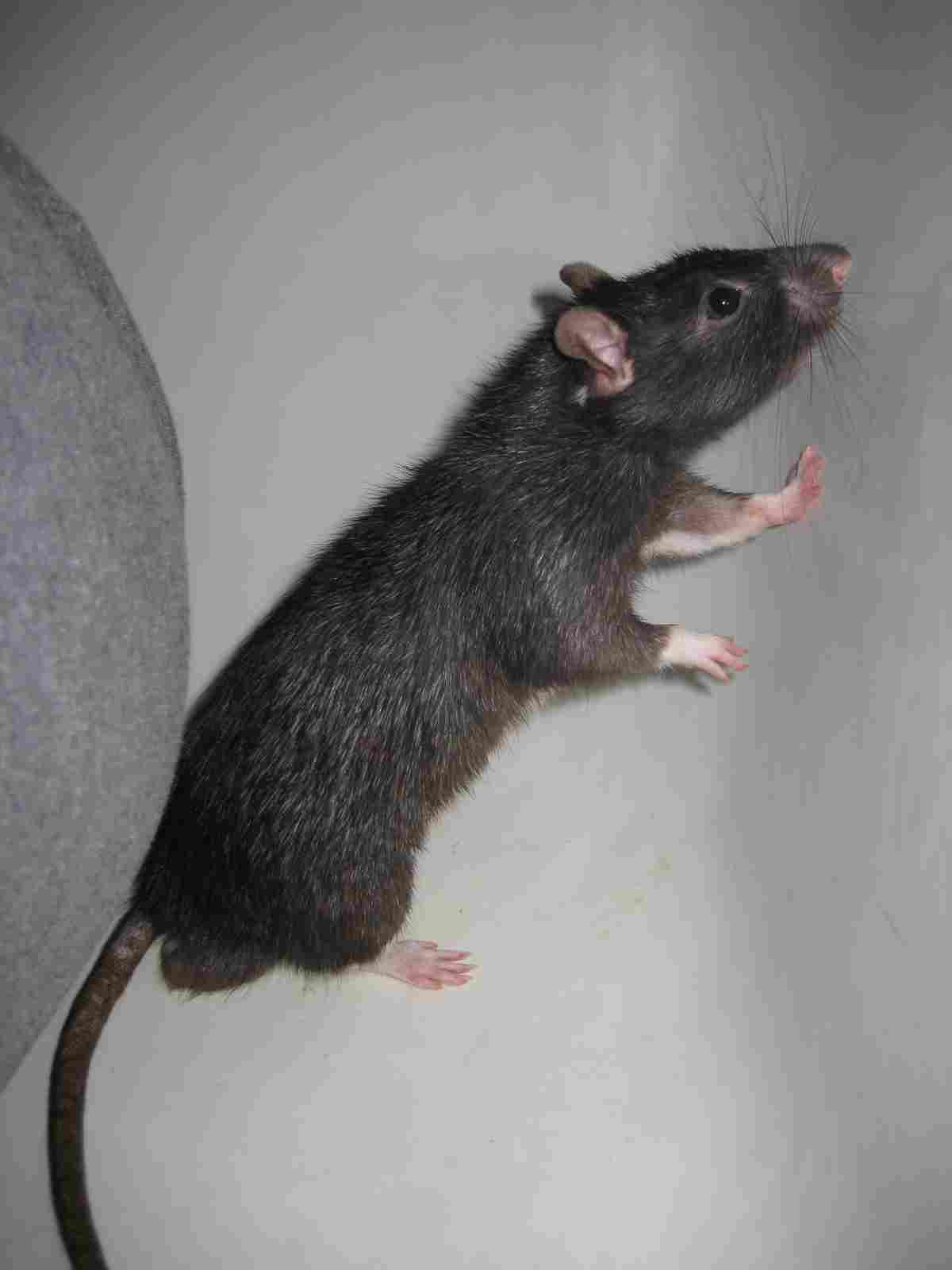
Rabbit:
Powerful hind legs for swift, agile movement.
Sharp claws aid in digging burrows for shelter and protection.
Rat:
Agile and adept climbers, utilizing their long tails for balance.
Sharp incisors provide a formidable defensive and offensive tool.
Comparison:
Rabbits excel in rapid, straight-line movement.
Rats showcase agility and versatility in both ground and vertical environments.
7. Physical Defensive Advantages:
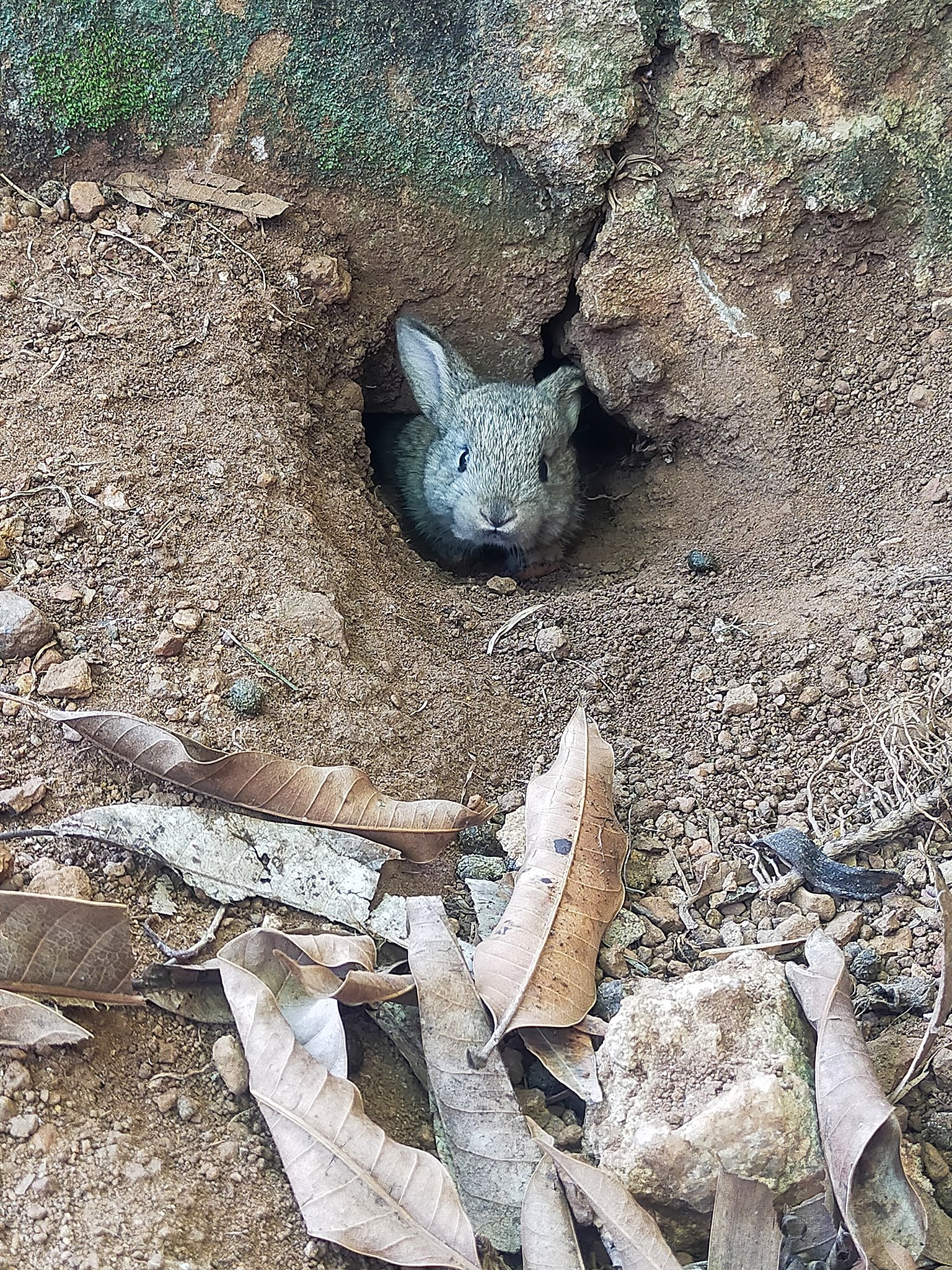
Rabbit:
Vigilant behavior, relying on speed and evasive maneuvers to escape predators.
Strong hind legs enable high jumps to avoid threats.
Rat:
Quick reflexes, utilizing their agility to evade predators.
Burrowing capabilities offer escape routes and hiding places.
Comparison:
Both rabbits and rats employ agility as a primary defense mechanism.
Rabbits emphasize speed, while rats leverage their ability to navigate various terrains.
8. Speed (Km/hour or Mile/hour):
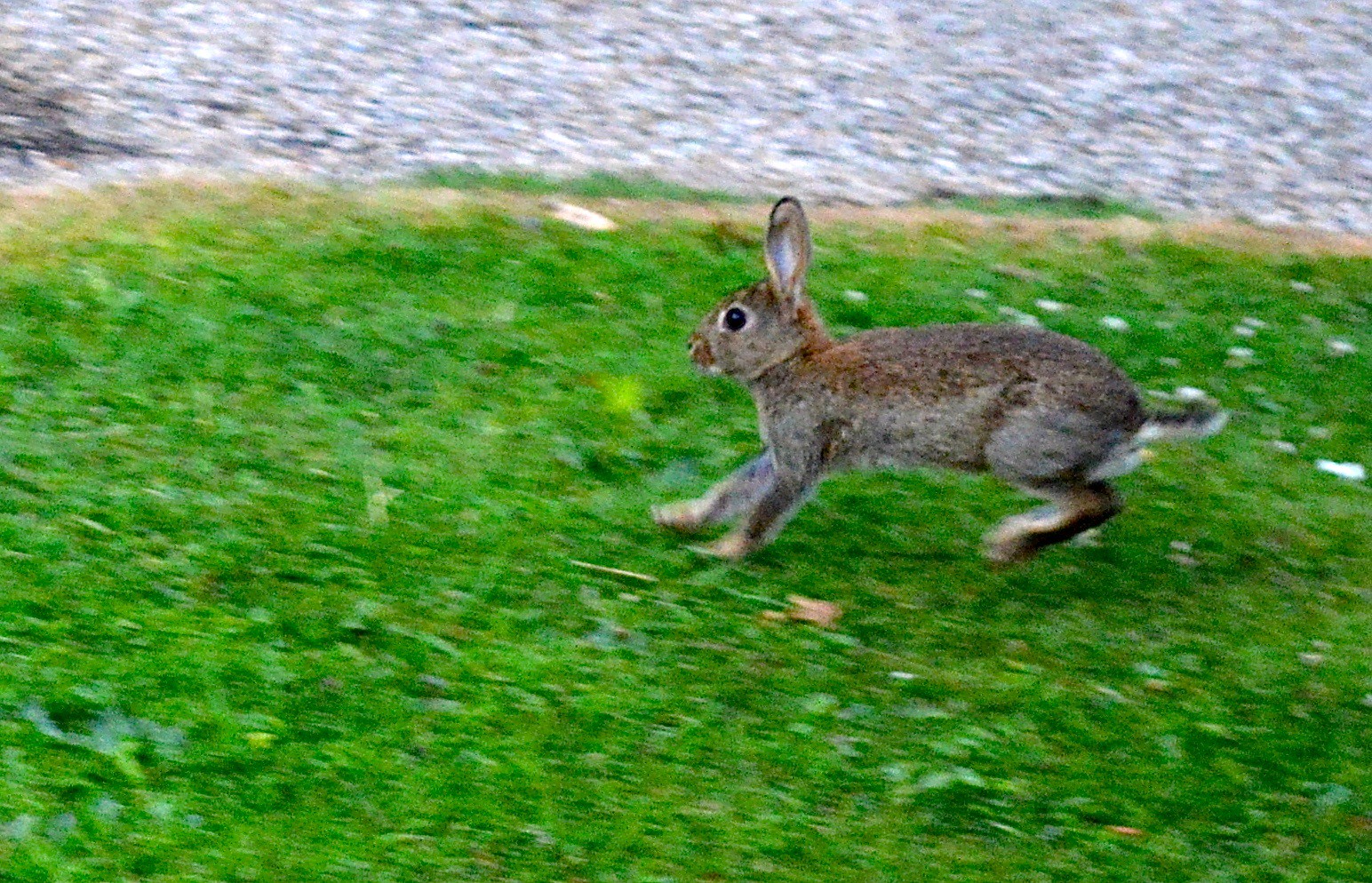
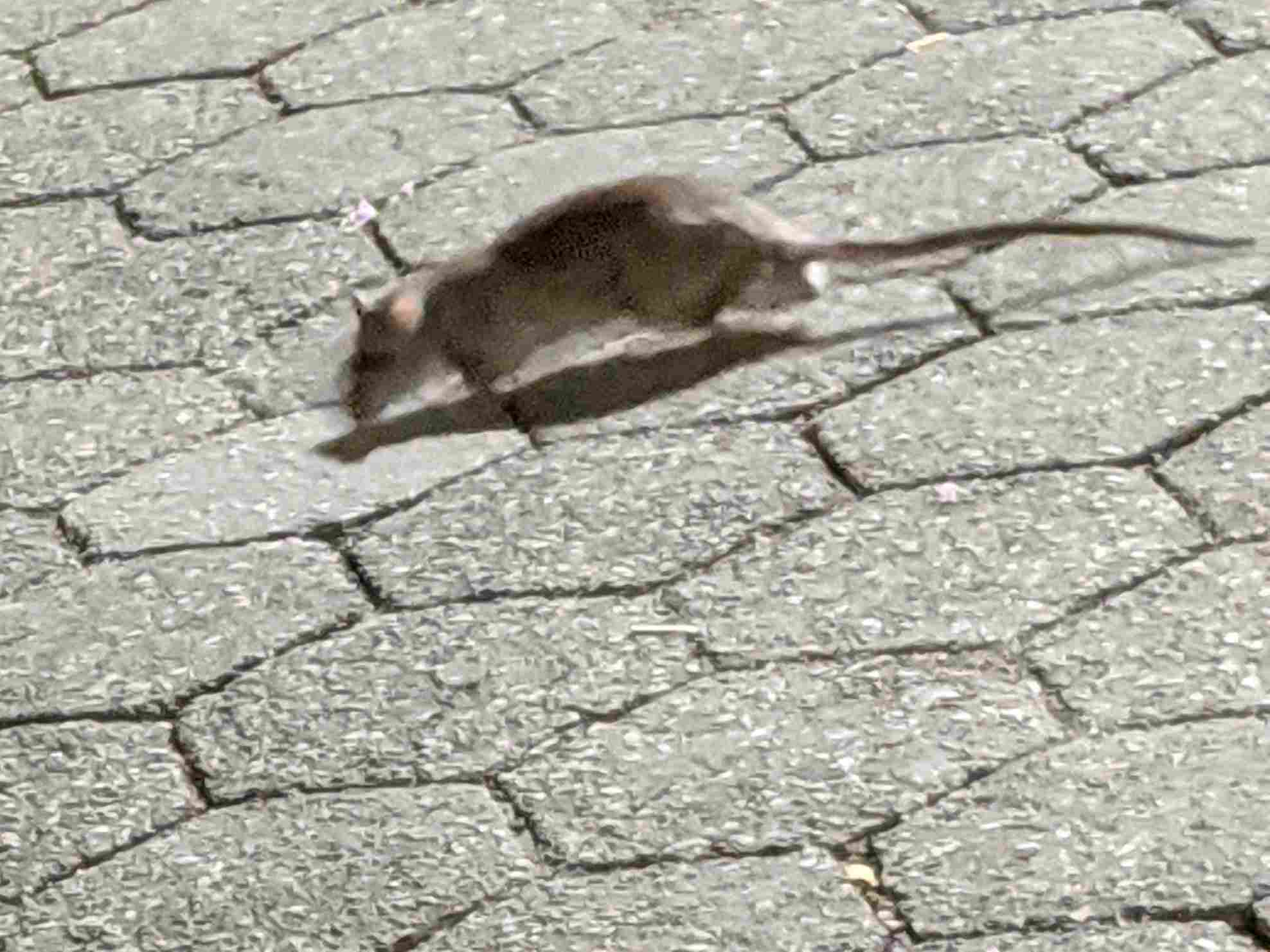
Rabbit:
Exceptional speed, reaching up to 35 mph (56 km/h).
Rapid acceleration enables swift escapes from predators.
Rat:
Agile runners, achieving speeds between 8 to 10 mph (13-16 km/h).
Comparison:
Rabbits outpace rats significantly in terms of top speed.
Rat speed, though lower, is sufficient for their survival in diverse habitats.
9. Agility:
Rabbit:
Display remarkable agility, especially during sudden changes in direction.
Well-developed senses contribute to quick decision-making in navigating obstacles.
Rat:
Exceptional agility, evident in climbing, balancing, and rapid movements.
Long, flexible bodies enhance their ability to maneuver in confined spaces.
Comparison:
Both rabbits and rats exhibit high agility, adapted to their specific ecological niches.
Rabbits emphasize speed, while rats showcase versatility in climbing and navigating diverse landscapes.
10. Senses:
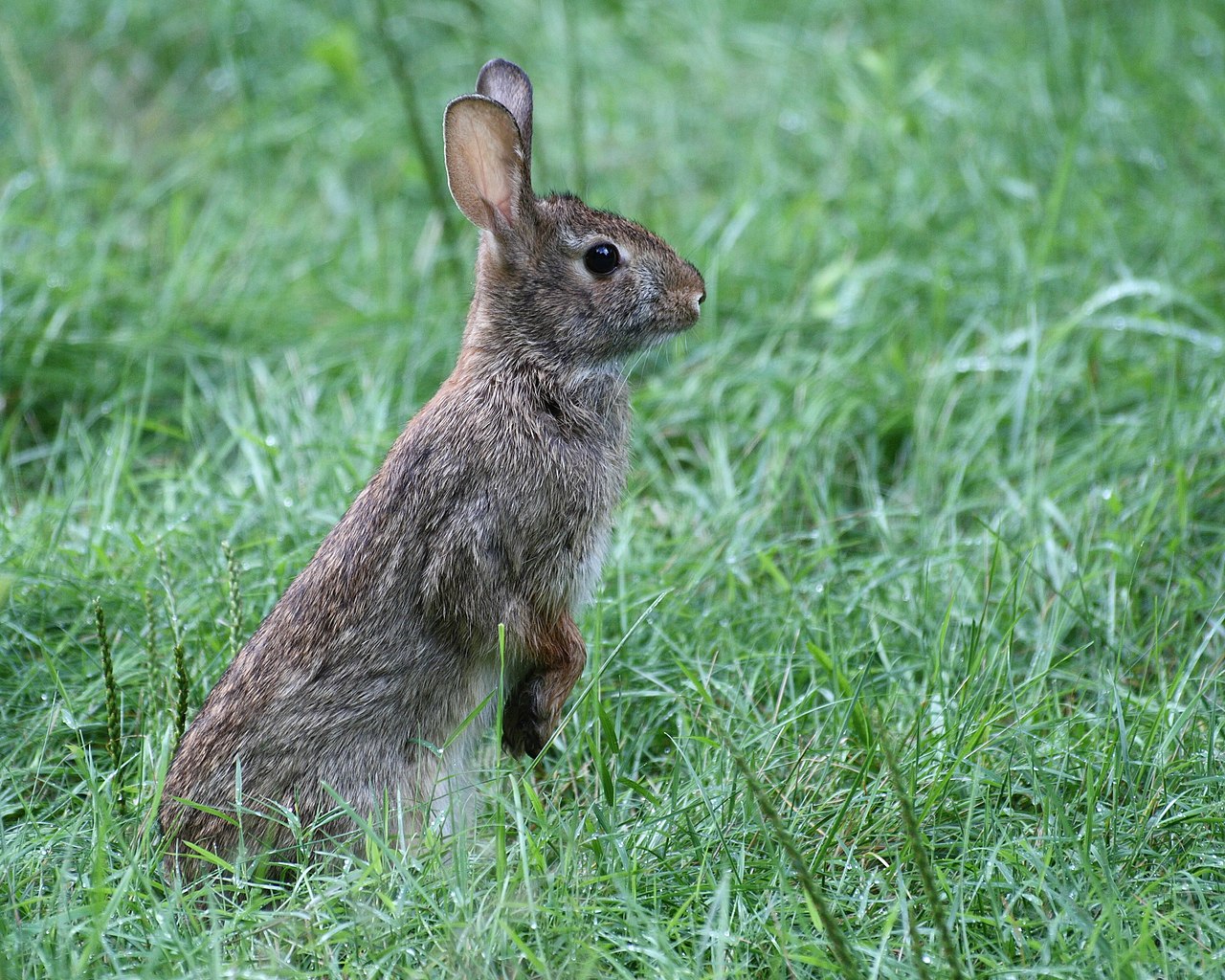
Rabbit:
Excellent vision, providing a wide field of view.
Sensitive hearing, detecting subtle sounds for early threat recognition.
Sense of smell aids in identifying food sources and detecting predators.
Rat:
Well-developed sense of smell crucial for navigation and locating food.
Good hearing, allowing detection of both predator and prey movements.
Vision adapted for low light conditions.
Comparison:
Rabbits rely on acute vision for early threat detection.
Rats prioritize olfactory senses for navigation and identifying resources.
11. Overall Physical Capacity:
Rabbit:
Tailored for rapid, straight-line running and jumping.
Excellent endurance, sustaining high-speed chases.
Rat:
Versatile physical abilities, adept at climbing, swimming, and burrowing.
Efficient runners, capable of quick bursts of speed.
Comparison:
Rabbits specialize in sustained, high-speed movements.
Rats demonstrate diverse physical capabilities suitable for various environments.
12. Habitat Preference(s) and Geographic Region:
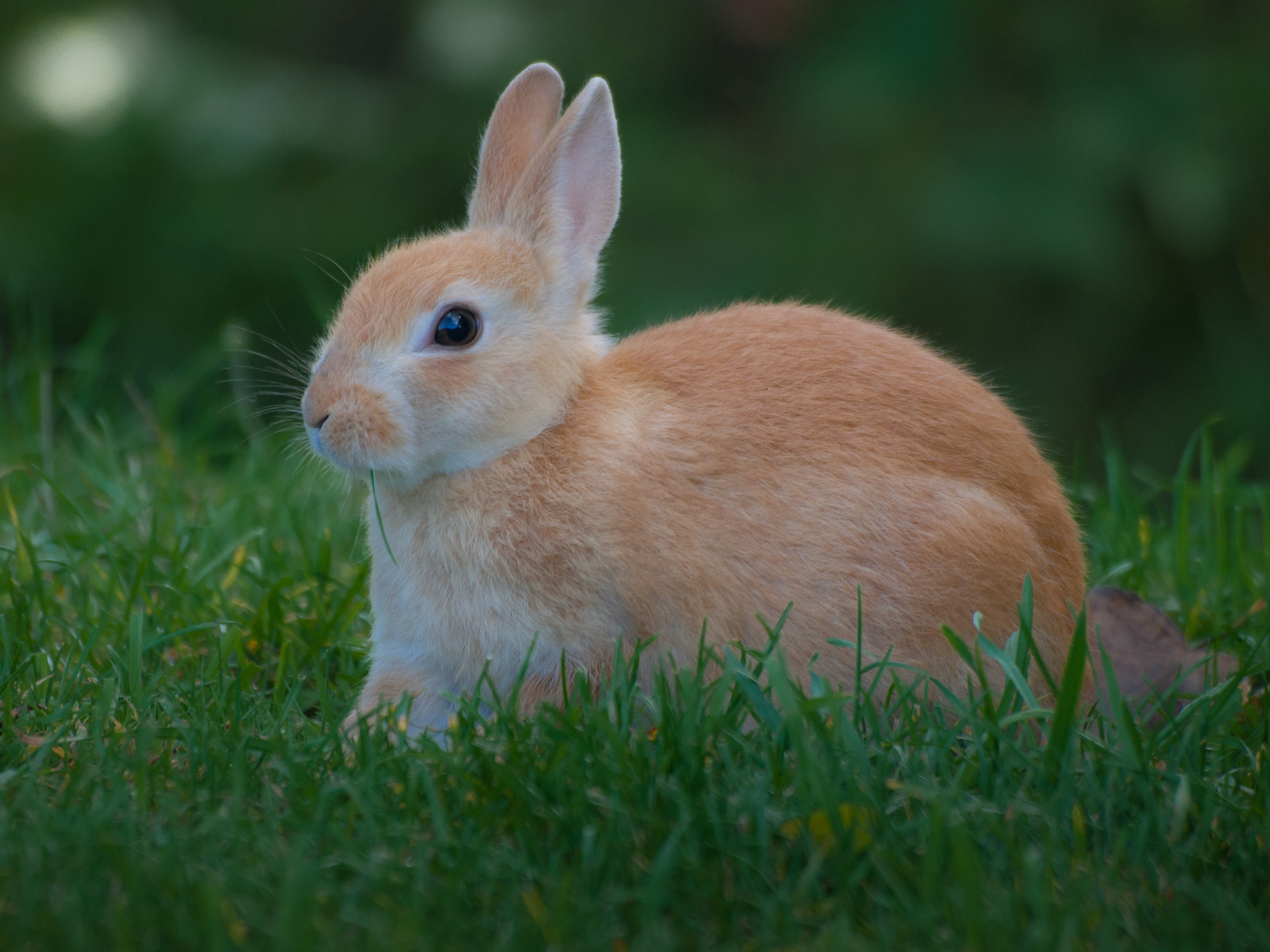
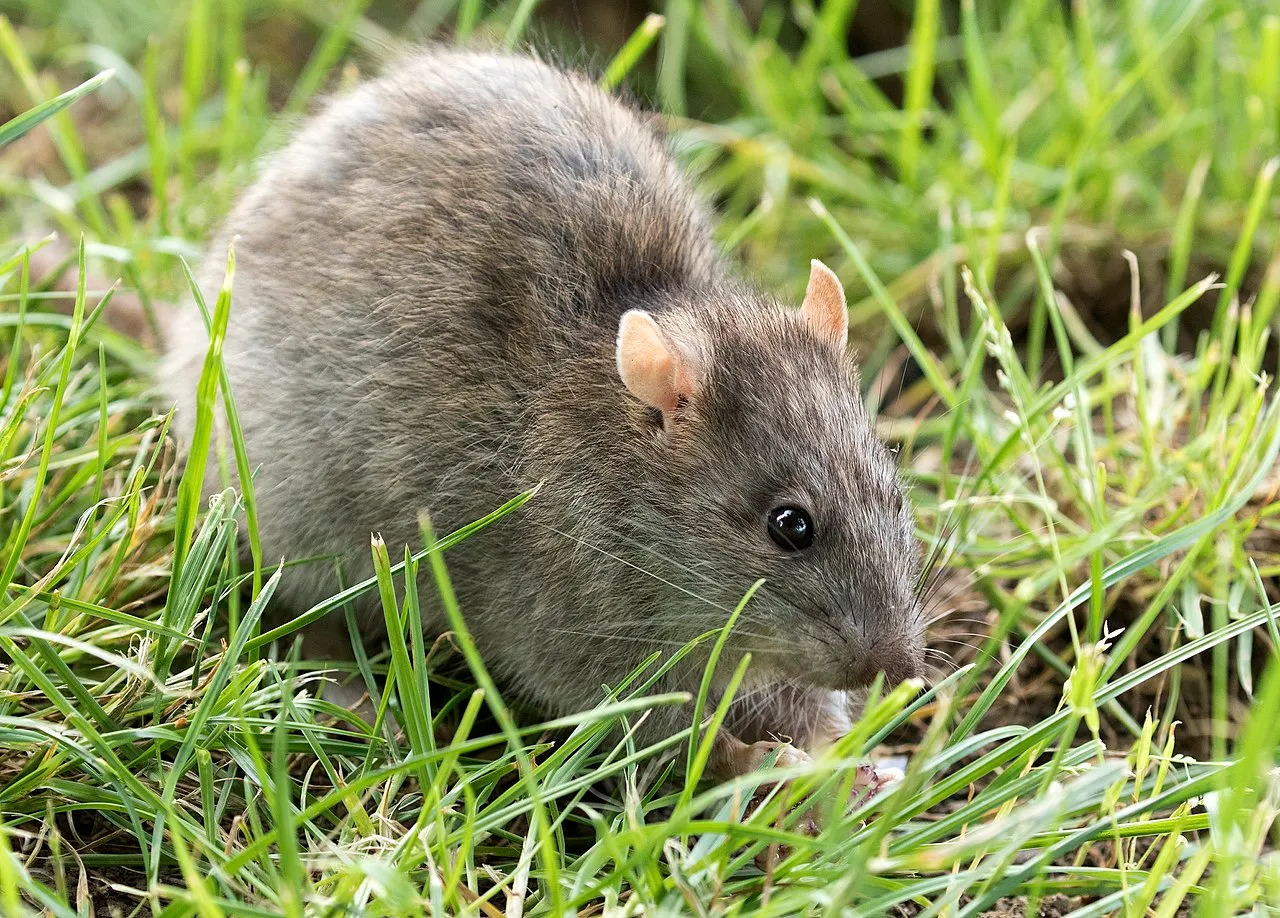
Rabbit:
Various species inhabit diverse environments, including meadows, forests, and deserts.
Burrowers, creating complex underground systems for shelter.
Rat:
Highly adaptable, found in urban areas, fields, and forests.
Nest builders, utilizing a variety of materials for shelter.
Comparison:
Rabbits exhibit preferences for open spaces with suitable vegetation.
Rats thrive in both natural and human-altered environments, showcasing adaptability.
13. Tracks:
Rabbit:
Hind footprints larger than forelimbs, showing the distinctive “two-by-two” gait.
Tail drag marks may be visible in certain conditions.
Rat:
Tail drags alongside footprints, distinctive in many species.
Footprints vary based on the substrate but typically show a clear, four-toed pattern.
Comparison:
Rabbit tracks reveal the hopping motion, with hind feet dominating the impression.
Rat tracks display a combination of foot and tail marks, showcasing their distinct locomotion.
14. Lifespan:
Rabbit:
Lifespan varies among species, generally ranging from 5 to 12 years.
Influenced by factors such as predation, disease, and habitat conditions.
Rat:
Typically shorter lifespans, averaging 2 to 3 years in the wild.
Predation, disease, and reproductive pressures contribute to their lifespan.
Comparison:
Rabbits generally live longer lives than rats, influenced by their ecological niches and adaptations.
15. Mode of Feeding:
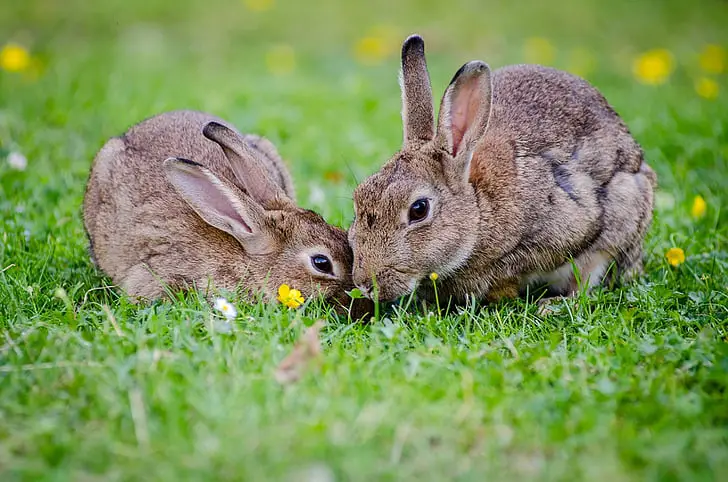
Rabbit:
Herbivores, primarily consuming grass, leaves, and other plant materials.
Coprophagy, the consumption of their own feces, aids in nutrient absorption.
Rat:
Omnivores, with diets encompassing both plant and animal matter.
Opportunistic feeders, adapting their diet based on resource availability.
Comparison:
Rabbits specialize in herbivorous diets, contributing to ecosystem balance.
Rats display adaptability through omnivorous feeding habits, allowing them to thrive in various environments.
16. Intelligence:
Rabbit:
Social animals with complex communication patterns.
Display problem-solving abilities, especially in adapting to changing environments.
Rat:
Highly intelligent, known for problem-solving, learning, and memory.
Exhibit adaptability to changing conditions, making them successful colonizers.
Comparison:
Both rabbits and rats demonstrate high levels of intelligence, adapted to their respective social structures and environmental challenges.
17. Social Behavior:
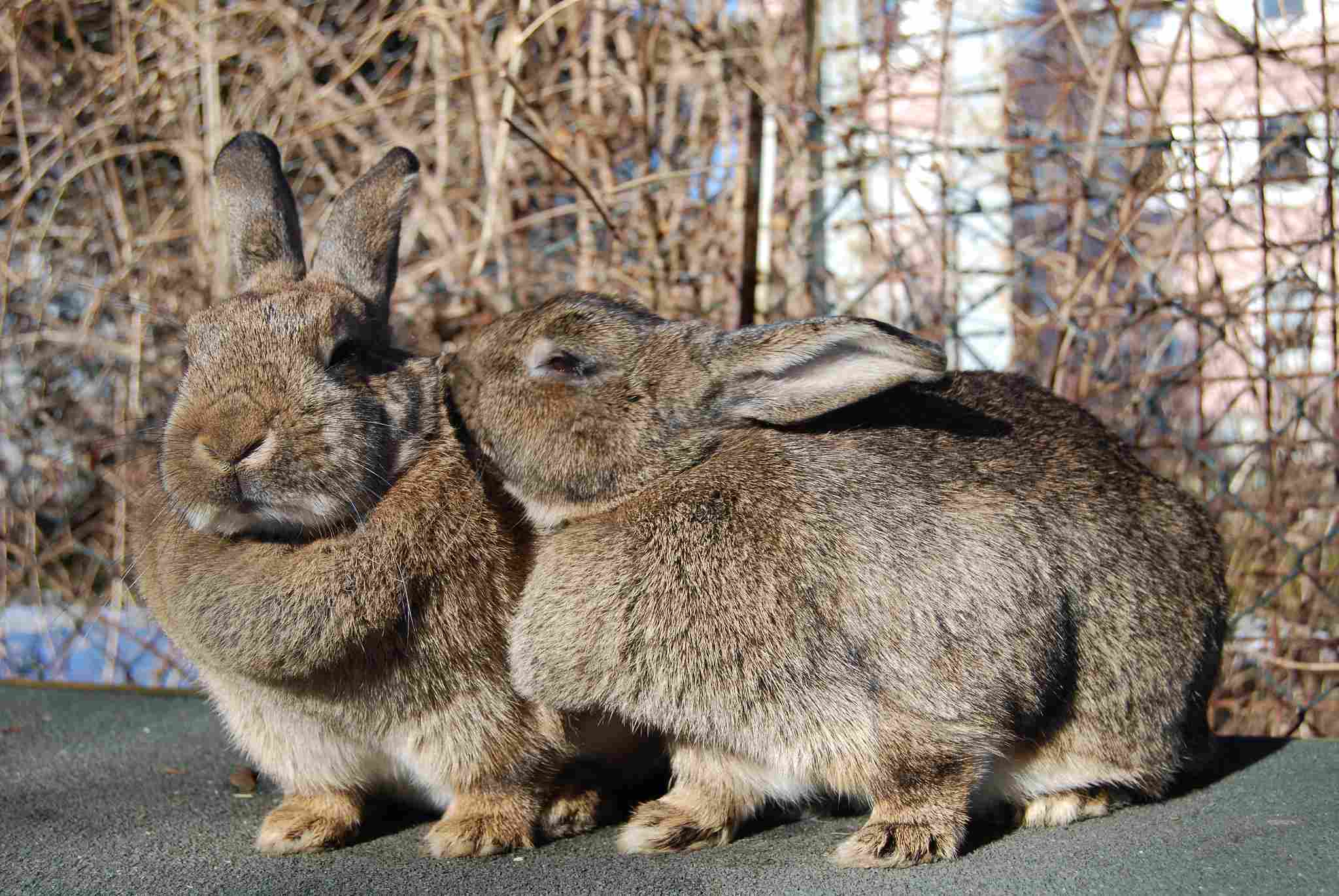
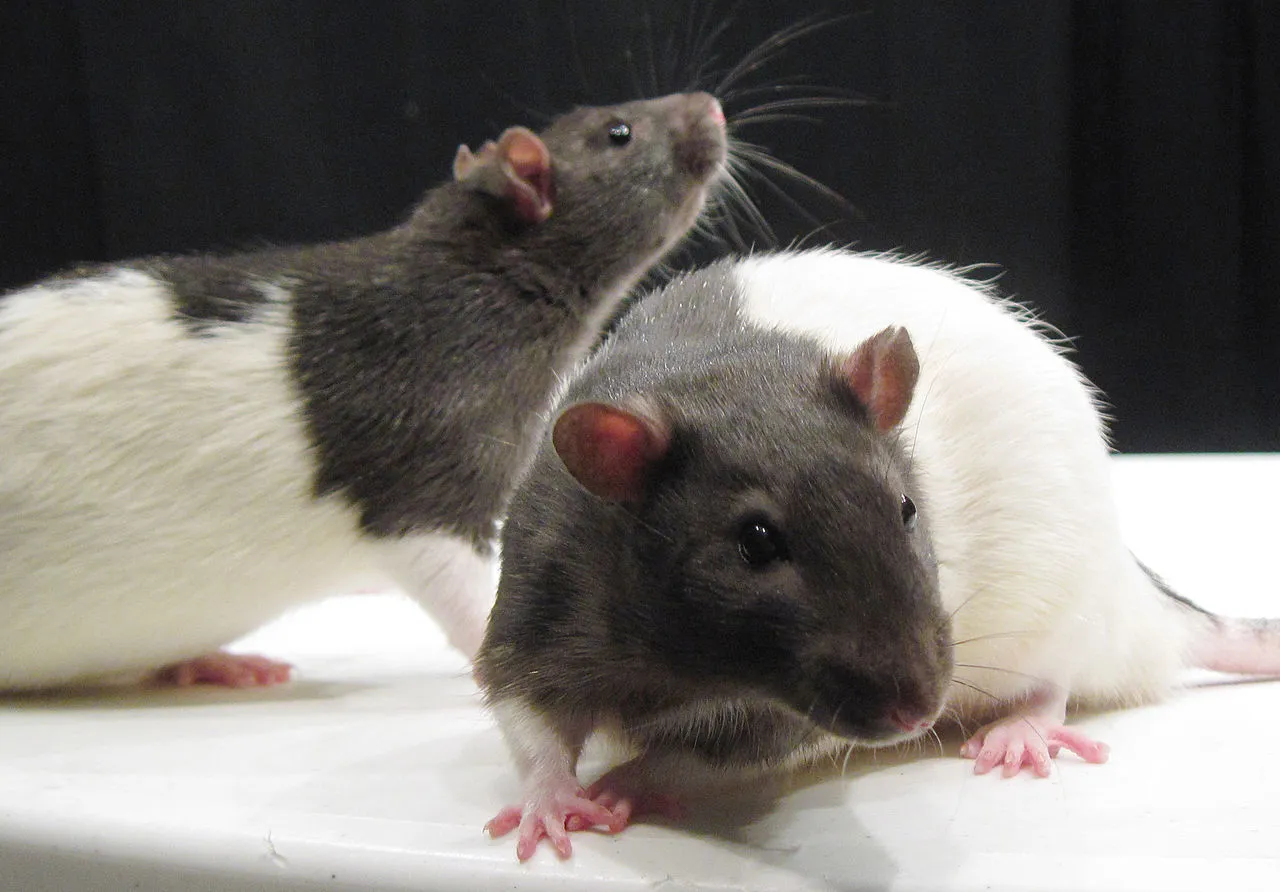
Rabbit:
Social animals, often forming colonies or living in family groups.
Display hierarchical structures and communicate through body language and vocalizations.
Rat:
Highly social, living in colonies with complex social structures.
Exhibit cooperative behaviors, grooming, and communication through vocalizations.
Comparison:
Both rabbits and rats are social animals, displaying intricate social behaviors that contribute to their survival and well-being.
18. Mode of Reproduction:
Rabbit:
Prolific breeders with a short gestation period, often giving birth to multiple litters per year.
Females create nests for their offspring, known as kits.
Rat:
Rapid reproducers with a short gestation period, capable of producing many offspring.
Females construct nests for their young, known as pups.
Comparison:
Both rabbits and rats exhibit high reproductive rates, contributing to their adaptability in various environments.
19. Parental Behavior:
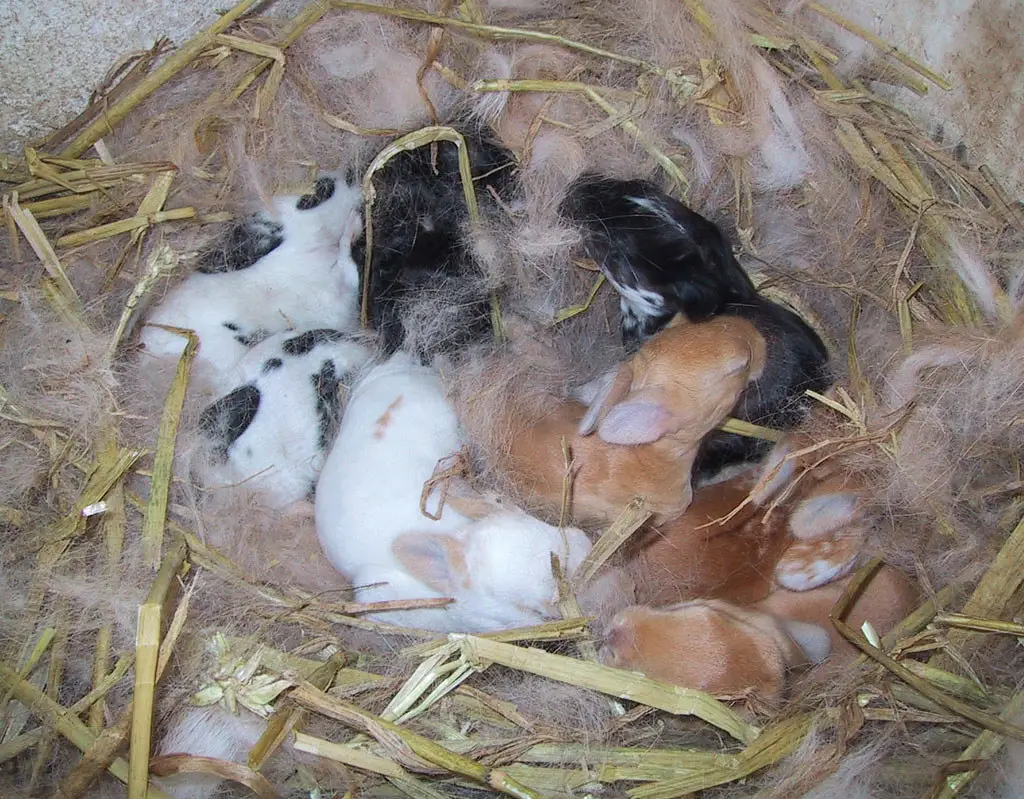
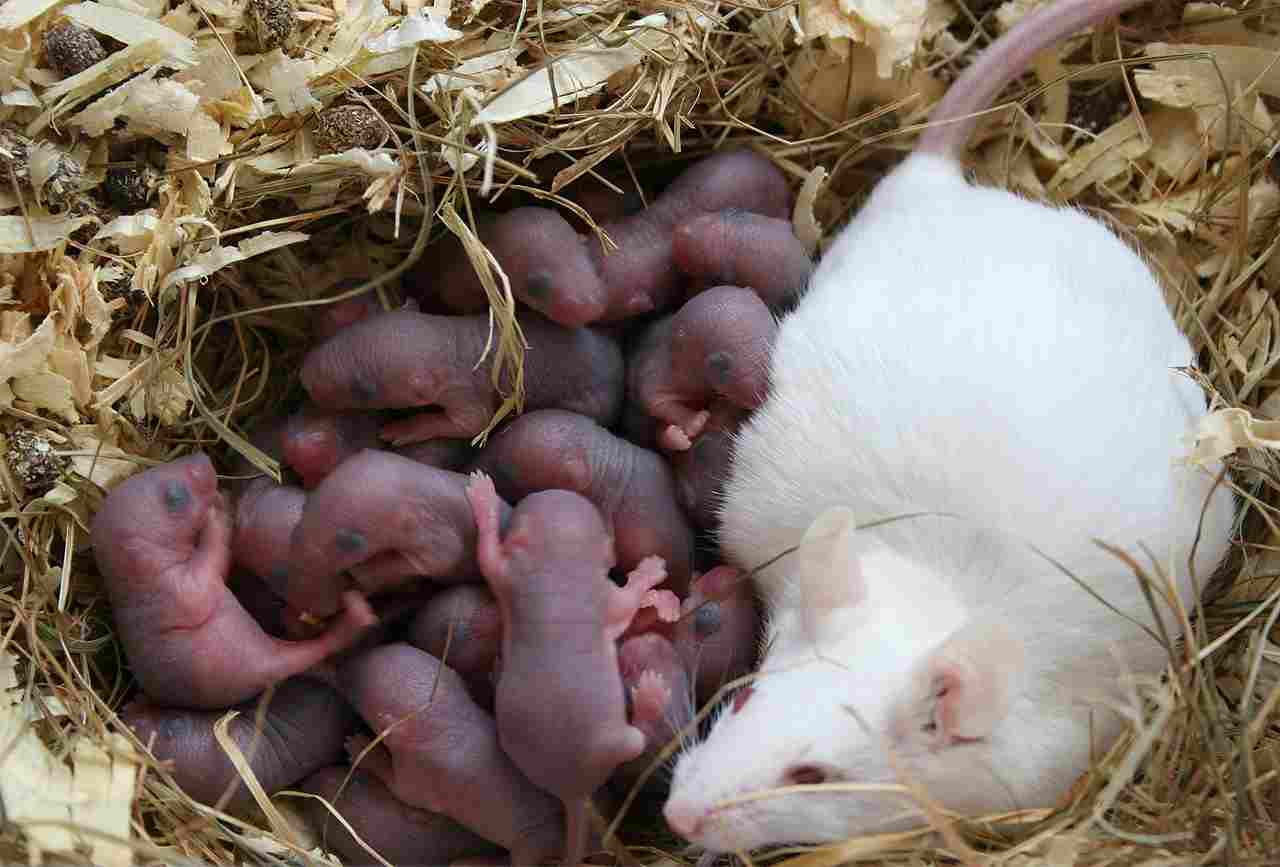
Rabbit:
Mothers provide care and protection to their kits, nursing them until they are weaned.
Females play a prominent role in creating and maintaining the nest.
Rat:
Mothers display attentive care, nursing and protecting their pups.
Cooperative behaviors within colonies contribute to the well-being of offspring.
Comparison:
Both species demonstrate parental care, ensuring the survival and development of their young.
20. Proximity to Human-Inhabited Areas:
Rabbit:
Found in urban parks, gardens, and suburban areas, coexisting with human populations.
May be considered pests in agricultural settings due to their feeding habits.
Rat:
Highly adaptable to urban environments, often dwelling near human settlements.
Considered pests in various settings due to their potential for spreading diseases.
Comparison:
Both rabbits and rats are capable of thriving in close proximity to human-inhabited areas, posing challenges for pest control.
21. Behavior Toward Humans:
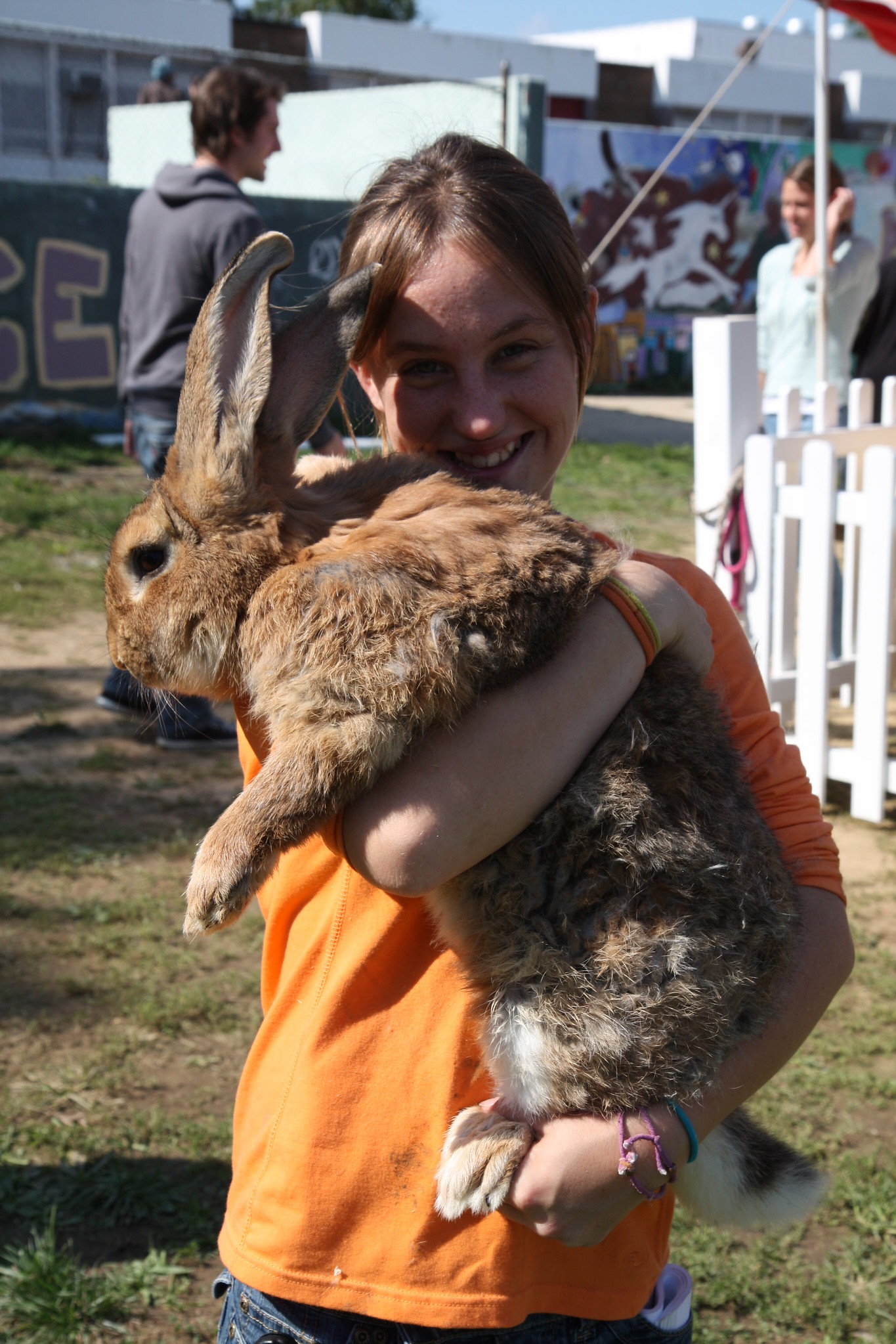
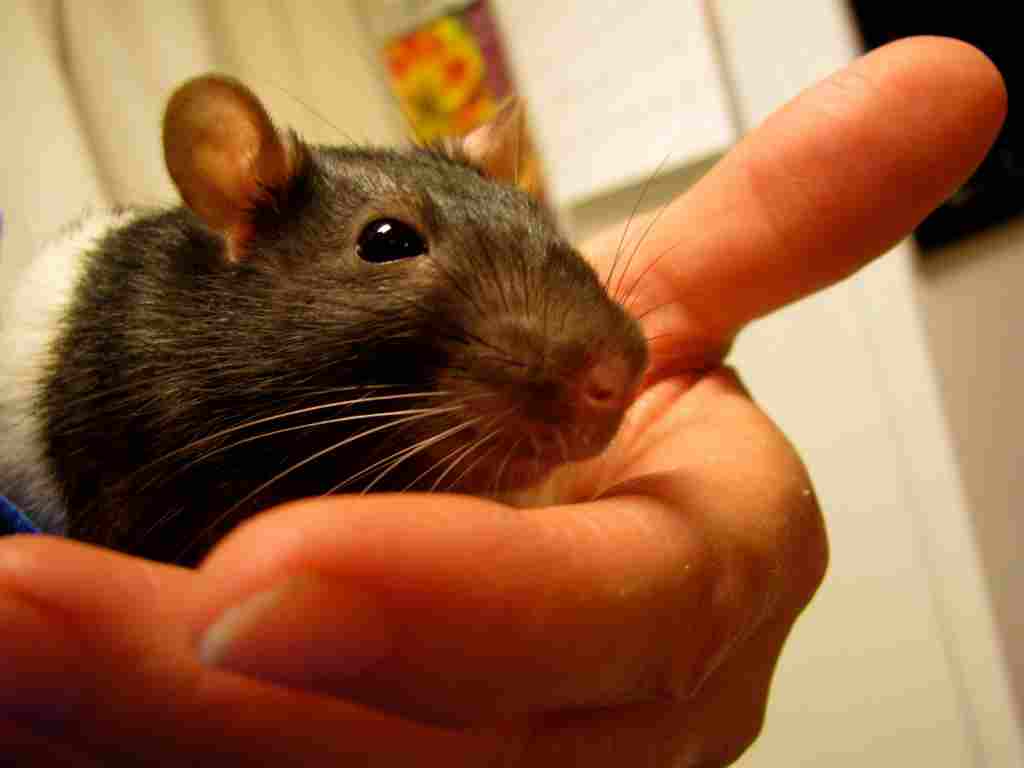
Rabbit:
Generally shy and elusive, avoiding direct interaction with humans.
Domesticated breeds may display more tolerance and social behavior.
Rat:
Varied behavior; some species may be wary of humans, while others adapt to urban environments.
Can become accustomed to human presence, especially in areas with abundant food sources.
Comparison:
Rabbits tend to be more cautious and avoid direct interaction.
Rats exhibit diverse behaviors, ranging from wariness to adaptation, depending on species and environment.
22. Danger Posed to Humans:
Rabbit:
Generally pose minimal threat to humans; bites and scratches are rare.
Some risk of zoonotic diseases, but transmission is uncommon.
Rat:
Potential carriers of diseases harmful to humans, including leptospirosis and hantavirus.
May cause property damage and contaminate food supplies.
Comparison:
While both pose minimal direct physical danger, rats have a higher potential for transmitting diseases and causing property damage.
23. Associated Precautions:
Rabbit:
Caution required when handling wild rabbits due to the risk of injury and potential zoonotic diseases.
Domestic rabbits may require careful handling to prevent stress or injury.
Rat:
Important to practice proper hygiene to avoid diseases associated with rat contact.
Implement preventive measures, such as securing food storage, to deter rat infestations.
Comparison:
Precautions involve minimizing direct contact with both wild rabbits and rats, with specific attention to disease transmission.
24. Conservation Status:
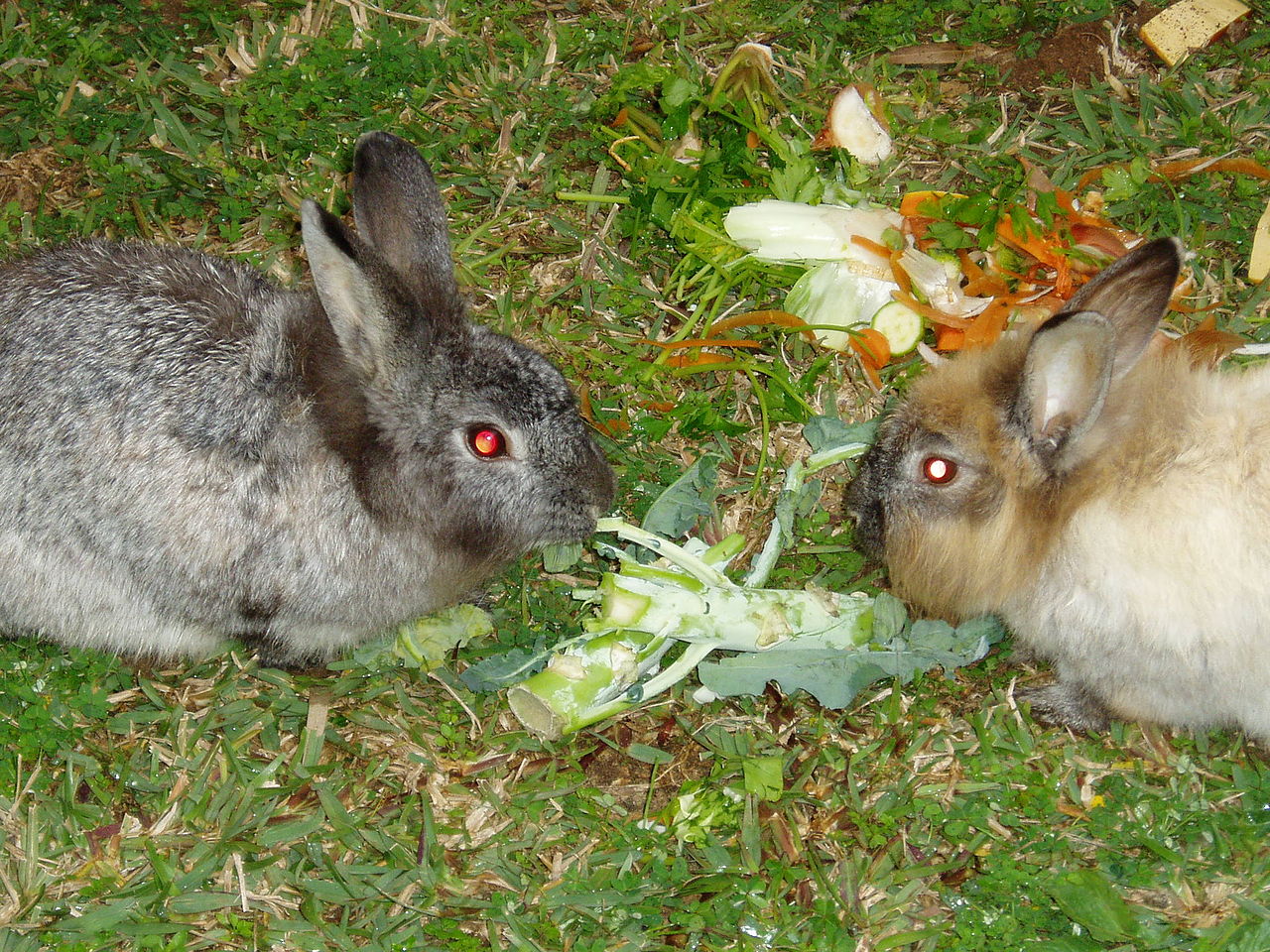
Rabbit:
Various species face threats such as habitat loss, predation, and disease.
Conservation efforts may target specific endangered rabbit species.
Rat:
Common species are often not a conservation focus due to their adaptability.
Some island species face threats and conservation challenges.
Comparison:
Conservation efforts may differ, with rabbits receiving more targeted attention based on specific species and threats.
*Summary of Comparison
Appearance:
Rabbit: Long ears, strong hind limbs.
Rat: Slender body, long tail.
Size:
Rabbit: Larger, ranging from 8 to 20 inches.
Rat: Smaller, ranging from 6 to 10 inches.
Weight:
Rabbit: Heavier, ranging from 2 to over 20 pounds.
Rat: Lighter, ranging from 0.5 to 2 pounds.
Dentition and Bite Force (PSI):
Rabbit: Herbivorous dentition, adapted for grinding tough vegetation.
Rat: Omnivorous dentition, with strong incisors.
Physical Offensive Advantages:
Rabbit: Powerful hind legs.
Rat: Agile climbers and sharp incisors.
Physical Defensive Advantages:
Rabbit: Relies on speed and evasive maneuvers.
Rat: Quick reflexes, burrowing capabilities.
Speed:
Rabbit: Faster, up to 35 mph.
Rat: Agile runners, 8 to 10 mph.
Agility:
Rabbit: Rapid changes in direction.
Rat: Versatile in climbing, balancing, and rapid movements.
Senses:
Rabbit: Excellent vision, sensitive hearing.
Rat: Well-developed sense of smell, good hearing, adapted vision.
Overall Physical Capacity:
Rabbit: Specialized in sustained high-speed running.
Rat: Diverse physical abilities for various environments.
Habitat Preference(s) and Geographic Region:
Rabbit: Open spaces, meadows, forests.
Rat: Urban areas, fields, forests.
Tracks:
Rabbit: Hind footprints dominate, distinctive hopping motion.
Rat: Combination of foot and tail marks, indicating distinctive locomotion.
Lifespan:
Rabbit: Longer lifespan, 5 to 12 years.
Rat: Shorter lifespan, 2 to 3 years.
Mode of Feeding:
Rabbit: Herbivores, coprophagy for nutrient absorption.
Rat: Omnivores, opportunistic feeders.
Intelligence:
Rabbit: Social, problem-solving abilities.
Rat: Highly intelligent, adaptable.
Social Behavior:
Rabbit: Social animals, form colonies or family groups.
Rat: Highly social, live in colonies with complex structures.
Mode of Reproduction:
Rabbit: Prolific breeders, short gestation, multiple litters.
Rat: Rapid reproducers, short gestation, multiple offspring.
Parental Behavior:
Rabbit: Care and protection to kits.
Rat: Attentive care, cooperative behaviors.
Proximity to Human-Inhabited Areas:
Rabbit: Urban parks, gardens, suburban areas.
Rat: Highly adaptable to urban environments.
Behavior Toward Humans:
Rabbit: Generally shy and elusive.
Rat: Varied, may be wary or adapt to human presence.
Danger Posed to Humans:
Rabbit: Minimal physical threat, some risk of zoonotic diseases.
Rat: Potential carriers of diseases, property damage.
Associated Precautions:
Rabbit: Caution in handling, risk of injury and zoonotic diseases.
Rat: Hygiene practices, securing food storage.
Conservation Status:
Rabbit: Conservation efforts based on specific threats and species.
Rat: Common species may not be conservation-focused.
Conclusion
I. Similarities:
Both rabbits and rats are adaptable, displaying high reproductive rates.
They exhibit social behaviors and have versatile diets, contributing to their ecological success.
II. Differences:
Rabbits specialize in herbivorous diets, emphasizing speed and efficient plant consumption.
Rats are omnivores with notable intelligence, thriving in diverse environments with varied physical capabilities.



